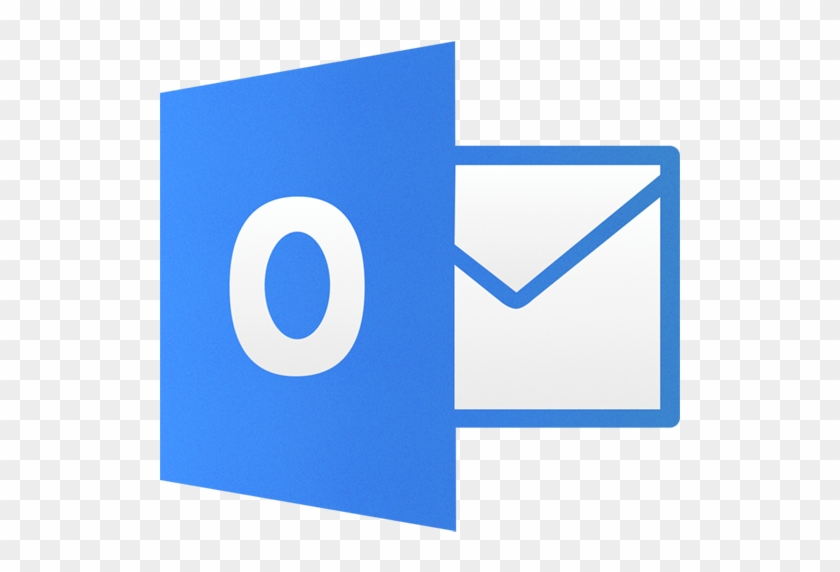Office 365 is a popular cloud-based software solution, making it the primary target for hackers looking for a way to compromise email data. At Arravo, we provide the best Office 365 email security options to protect your emails from cyber attacks.
It is crucial to use Office 365 advanced threat protection, a strong, multi-layered email security solution that we provide at Arravo.
In the cloud, emails remain the number one threat vector, with threats like phishing attacks, spam, and ransomware. Many small businesses now educate their staff on Email Security Best Practices For Employees, as email attacks are becoming major issues for businesses.
This article takes you through the best Office 365 email security solutions for your business. It covers different email security technologies, secure Office 365 email gateways, and everything you need to know about office 365 email security.
We carefully curated this content from the information we gathered from our research and experience working with businesses like yours that leave reviews on the Arravo platform.
Understanding Microsoft 365 Security Options
Before we study how to improve email security, let us discuss the default security features built into the Office 365 suite.
Microsoft offers two email security options for Office 365.
- Exchange Online Protection (EOP) is the basic one and is included with the standard Office 365 license cost —The protection provided by EOP is considered a minimum level of security against malware and phishing. It is effective at blocking known malware threats. In EOP’s tests, signature-based antivirus controls stopped 100% of these threats. EOP also provides a reasonable level of anti-spam filtering, blocking 99% of unsolicited bulk mail, and EOP provides reasonable protection against standard phishing emails.
- Advanced Threat Protection (APT) — This is the second tier of security which offers more advanced security features. APT provides this protection through sandboxing through ‘Safe Attachments’, malicious URLs or web links protection in emails and attached documents by comparing the links against Real-time blackhole lists (RBLs) through “Safe Links”, and advanced anti-phishing protection. APT is divided into two tiers:
- Office 365 Advanced Threat Protection (part 1) — The above-mentioned measures are included with APT Plan 1. It is available at Microsoft 365 Business Premium. It comes with configuration, protection, and detection capabilities:
- Safe Attachments
- Safe Links
- Safe Attachments for SharePoint, OneDrive, and Microsoft Teams
- Anti-phishing protection in Defender for Office 365
- Real-time detections
- Office 365 Advanced Threat Protection (part 2) — Plan 2 extends protection by adding threat trackers, browsers, and automated investigation and response capabilities. Plan 2 comes with Office 365 E5, Office 365 A5, and Microsoft 365 E licenses. Part 2 comes with Defender for Office 365 Plan 1 capabilities
– plus –
Automation, investigation, remediation, and education capabilities:
- Threat Trackers
- Threat Explorer
- Automated investigation and response
- Attack Simulator
Enhancing Office 365 Email Security
Recent years have seen Microsoft take steps to improve its security controls and its threat detection capabilities, but there is still room for improvement as regards protecting against more targeted attacks like spear phishing and zero-day threats.
Defender for Office 365 does not use the multi-layered approaches found in more advanced third-party Office 365 email security solutions, such as B. Predictive techniques that detect advanced threats, machine learning, algorithm analysis, and pattern matching.
Arravo team analyzed Microsoft’s security controls for Office 365 and found that even with APTs, the level of protection offered is only at the low to mid-market level. Research by Arravo shows that anti-phishing mechanisms used by Microsoft failed to block 28 per cent of phishing threats sent to Office 365 inboxes.
The security controls at Microsoft have improved in recent years, and threat detection capabilities have been greatly enhanced to provide greater protection against targeted attacks such as spear phishing and zero-day threats, but there is still a lot to be done. Defender for office 365 email security does not use the multi-layered approach found in more advanced third-party Office 365 email security solutions, such as predictive technologies, to identify advanced threats, machine learning, algorithmic analyses and pattern matching.
Layered Security: Improves Protection Against Sophisticated Email Attacks
The key to good Office 365 email security is layered defence. By adding different layers to your defences, you can ensure that when one detection mechanism fails to detect a threat, other mechanisms are in place to provide protection.
It’s not wise to rely on just one cybersecurity provider to provide complete security. Combining solutions from multiple vendors increases the likelihood of detected threats. Companies that keep their emails on-premises usually use multiple cybersecurity protections, and multiple vendors rarely provide the same security solutions.
A similar approach is to secure cloud-based email using cloud-based security solutions from different vendors. Most cybersecurity companies have developed Office 365 email security solutions that can be layered on top of Office 365 protection to provide better protection against Microsoft defender for office 365 login threats.
Office 365 Email Security Checklist
Asides from improving anti-spam, anti-phishing, and anti-malware protection with advanced security solutions, there are several other steps you need to take to improve Office 365 email security. Below is a list of other protections that enable your Office 365 account.
- Make sure multi-factor authentication is enabled to prevent leaked credentials from being used to access Office 365 accounts.
- Enable mailbox audit logging.
- Ensure SPF, DKIM and DMARC are enabled to identify and block email spoofing attacks.
- Disable automatic forwarding of mailboxes to remote domains.
- Disable POP3 or IMAP4 access to mailboxes in Exchange Server.
- Prevent shared email accounts from logging in.
- Disable macros on all devices.
- Click-time protection against malicious hyperlinks in emails with a web filtering solution.
- Enable Office 365 Message Encryption or use a third-party email encryption solution.
- Create an email retention policy and reduce the number of emails stored in the mailboxes using an email archiving solution.
- Prevent accidental sharing of sensitive data via email by creating a data loss prevention policy.
- Ensure your employees are provided with regular email security awareness training.
Need Help Setting Up Your Office 365 Email Security For Your Business?
Speak To An Expert At Arravo
At Arravo, our security advisory team can evaluate your entire IT infrastructure for susceptibilities and verify that your policies and procedures meet the latest industry best practices.
We offer various security solutions and services, including Security Advisory, Governance Services, and vulnerability assessments. Security monitoring and detection services, Network Security, Security Operations Center, Endpoints security, perimeter security, application and email security, and Cloud Security.
Featured Image Source: ClipartMax
Got a suggestion? Contact us: [email protected]


